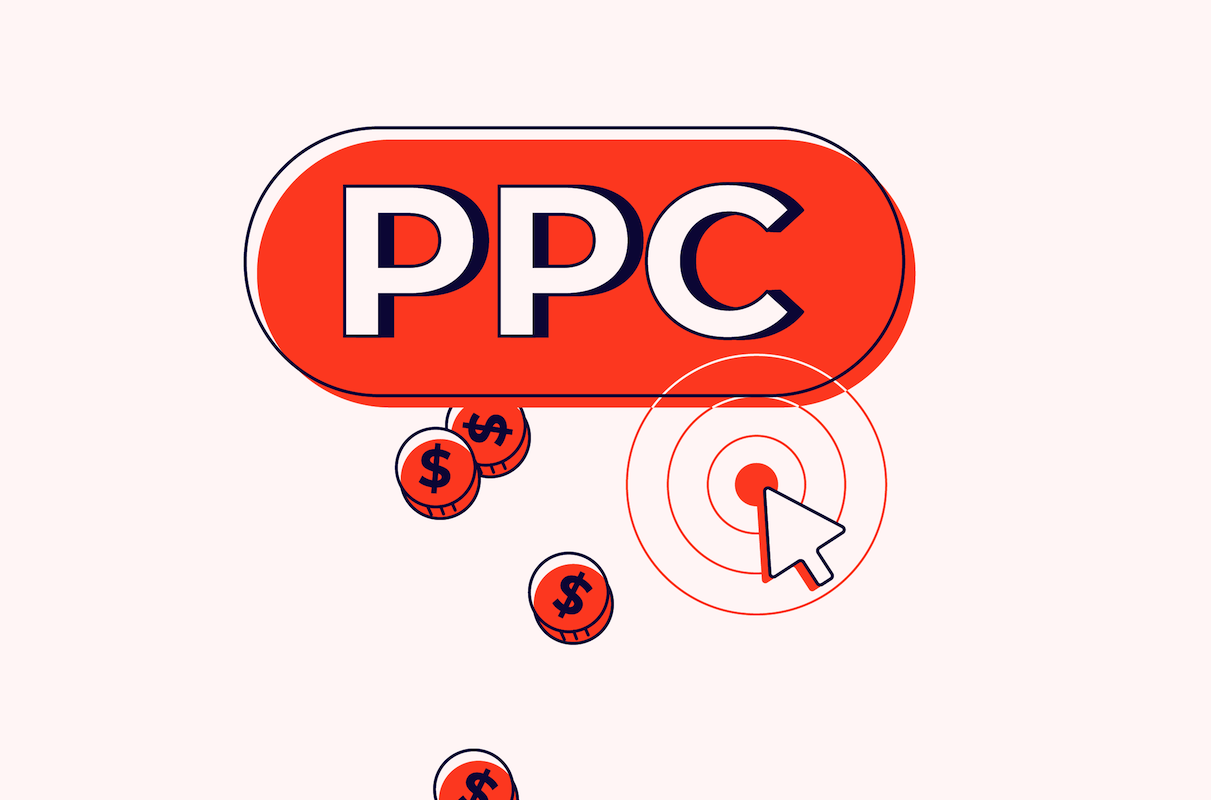In the fast-paced world of aesthetic medicine, standing out from the competition and attracting new clients is crucial. Pay-Per-Click (PPC) advertising offers a powerful tool for aesthetic practices to achieve this goal. However, simply running a PPC campaign isn’t enough; optimization is key to ensuring your ads deliver the best possible results. This detailed guide explores why PPC optimization is essential for growing your aesthetic practice and provides actionable insights to help you maximize your PPC investments.
What is PPC Advertising?
Pay-Per-Click (PPC) Advertising is a form of digital marketing where advertisers pay a fee each time their ad is clicked. Unlike traditional advertising, where you pay a fixed amount for ad space, PPC advertising allows you to control costs based on the performance of your ads.
Key Features of PPC Advertising:
- Cost Control: You set a maximum bid amount for each click and can manage your budget effectively.
- Targeted Reach: Ads can be targeted based on demographics, location, keywords, and user behavior.
- Measurable Results: Track the performance of your ads through metrics like click-through rates (CTR), conversion rates, and cost-per-click (CPC).
Popular PPC Platforms:
- Google Ads: The most widely used PPC platform, offering extensive reach through Google search results and display networks.
- Bing Ads: Similar to Google Ads, but on the Bing search engine and its partner sites.
- Social Media Ads: Platforms like Facebook, Instagram, and LinkedIn offer PPC advertising options with advanced targeting features.
Why PPC Optimization Matters
1. Maximizing ROI
Return on Investment (ROI) is a critical metric for evaluating the effectiveness of your PPC campaigns. Without optimization, you risk wasting your budget on underperforming ads or targeting the wrong audience. PPC optimization ensures that every dollar spent contributes to achieving your marketing goals.
Optimization Techniques:
- Keyword Refinement: Regularly update and refine your keyword list to focus on high-performing and relevant terms.
- Ad Copy Testing: Test different versions of ad copy to determine which resonates best with your audience.
- Bid Adjustments: Adjust bids based on performance data to ensure you’re not overpaying for clicks.
Example: By optimizing your PPC campaign, you might discover that certain keywords have a higher conversion rate. Allocating more budget to these high-performing keywords can increase your ROI.
2. Improving Ad Relevance and Quality Score
Ad Relevance and Quality Score are crucial factors in PPC campaigns. Google Ads, for example, uses Quality Score to determine the relevance and quality of your ads and landing pages. Higher Quality Scores can lead to better ad placements and lower costs per click.
Key Factors Affecting Quality Score:
- Keyword Relevance: Ensure your keywords align with your ad copy and landing page content.
- Ad Copy: Create compelling and relevant ad copy that matches the user’s search intent.
- Landing Page Experience: Optimize your landing page for a seamless user experience, including fast loading times and clear calls to action.
Example: A high Quality Score can lower your CPC and improve your ad position, leading to better visibility and more clicks for the same budget.
3. Targeting the Right Audience
Effective audience targeting is essential for attracting potential clients who are most likely to convert. PPC optimization involves fine-tuning your targeting parameters to reach the right audience segments.
Audience Targeting Strategies:
- Geographic Targeting: Focus on specific locations where your clinic operates or where you want to attract clients.
- Demographic Targeting: Target ads based on factors such as age, gender, and income level.
- Behavioral Targeting: Reach users based on their online behavior, interests, and past interactions with your site.
Example: If your clinic specializes in cosmetic procedures for women aged 30-50, you can use demographic targeting to ensure your ads are shown primarily to this audience segment.
4. Enhancing Conversion Rates
Conversion Rate Optimization (CRO) focuses on improving the percentage of visitors who complete a desired action, such as booking an appointment or filling out a contact form. PPC optimization plays a crucial role in enhancing conversion rates.
Conversion Optimization Techniques:
- Compelling Calls to Action: Use clear and persuasive calls to action in your ads to encourage users to take the next step.
- Landing Page Optimization: Ensure your landing pages are optimized for conversions with user-friendly forms, engaging content, and clear value propositions.
- A/B Testing: Conduct A/B tests on different ad elements and landing pages to identify what drives the highest conversion rates.
Example: Testing different landing page designs may reveal that a streamlined booking form increases conversions, helping you attract more clients from your PPC campaigns.
5. Managing and Reducing Costs
Effective PPC optimization helps manage and reduce advertising costs by ensuring that your budget is spent efficiently. By analyzing performance data and making informed adjustments, you can avoid overspending and maximize the value of your ad spend.
Cost Management Strategies:
- Negative Keywords: Use negative keywords to exclude irrelevant search queries and avoid paying for clicks from users who are unlikely to convert.
- Ad Scheduling: Optimize your ad schedule to display ads during peak times when your target audience is most active.
- Budget Allocation: Allocate your budget based on performance data, focusing more on high-performing campaigns and keywords.
Example: Implementing negative keywords can prevent your ads from showing for unrelated searches, reducing wasted clicks and improving your overall cost-efficiency.
Steps to Optimize Your PPC Campaign
1. Set Clear Goals
Define specific, measurable goals for your PPC campaigns, such as increasing appointment bookings, generating leads, or boosting brand awareness. Clear goals will guide your optimization efforts and help measure success.
2. Conduct Thorough Keyword Research
Regularly review and update your keyword list to ensure you’re targeting the most relevant and high-performing keywords. Use keyword research tools and analyze competitor strategies to identify new opportunities.
3. Continuously Test and Refine Ad Copy
Experiment with different ad copy variations to find the most effective messaging. Test headlines, descriptions, and calls to action to determine what resonates best with your audience.
4. Monitor and Analyze Performance Data
Use PPC analytics tools to track key metrics such as CTR, CPC, and conversion rates. Regularly review performance data to identify trends, opportunities, and areas for improvement.
5. Optimize Landing Pages
Ensure your landing pages are optimized for conversions by aligning them with your ad copy, offering a seamless user experience, and including clear calls to action.
6. Adjust Bids and Budget
Analyze performance data to adjust bids and allocate your budget more effectively. Focus on high-performing keywords and campaigns while minimizing spend on underperforming areas.
PPC optimization is essential for growing your aesthetic practice and achieving a strong return on your advertising investments. By focusing on maximizing ROI, improving ad relevance, targeting the right audience, enhancing conversion rates, and managing costs, you can significantly improve the effectiveness of your PPC campaigns.
Effective PPC optimization requires continuous effort and a data-driven approach. Stay informed about the latest trends and best practices, regularly review your campaign performance, and make informed adjustments to keep your PPC efforts aligned with your practice’s goals.


